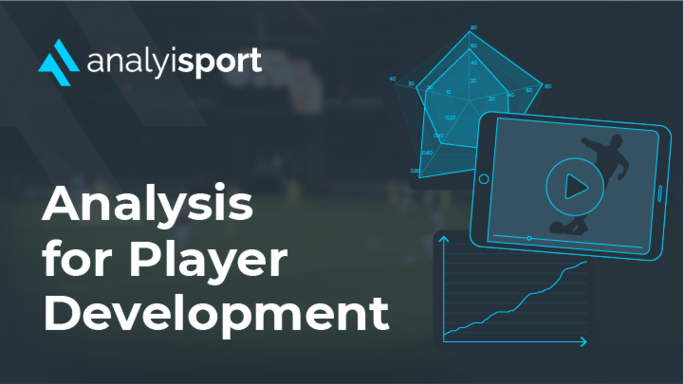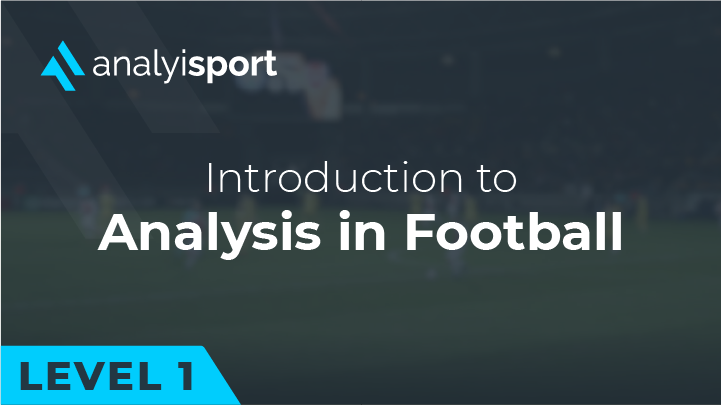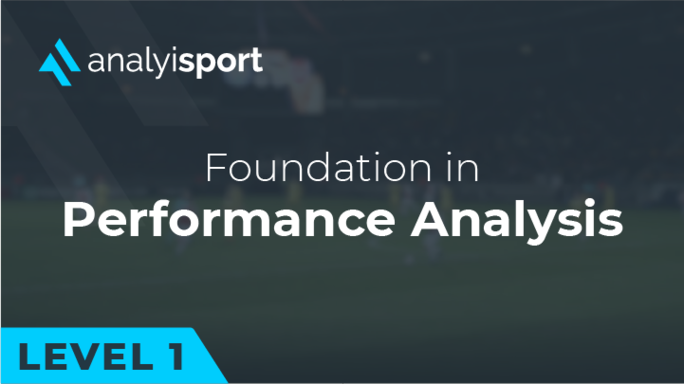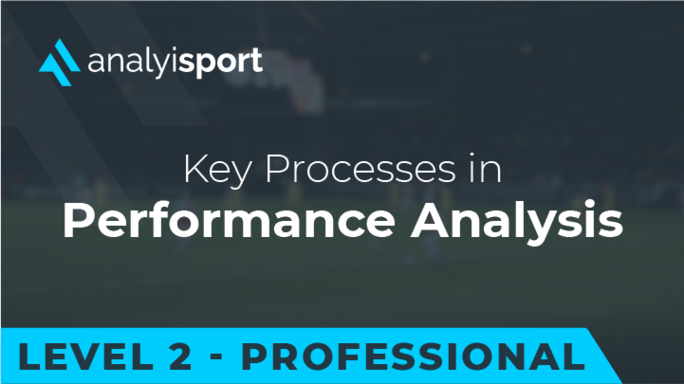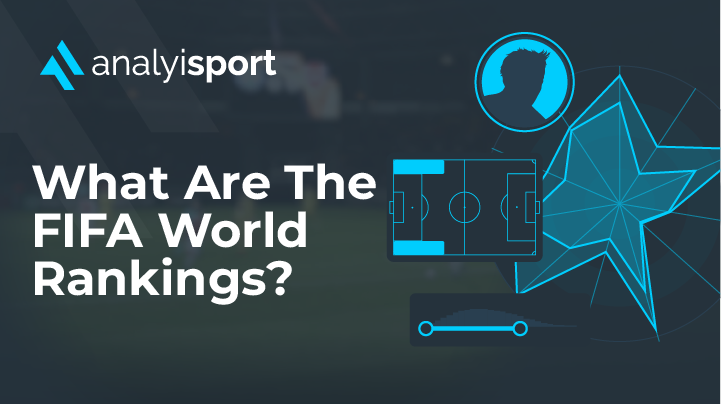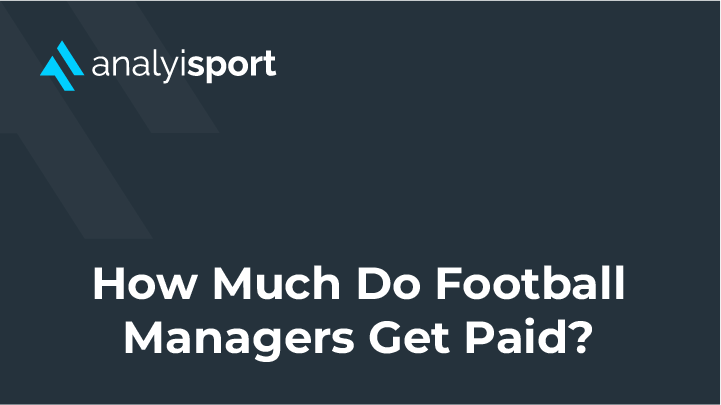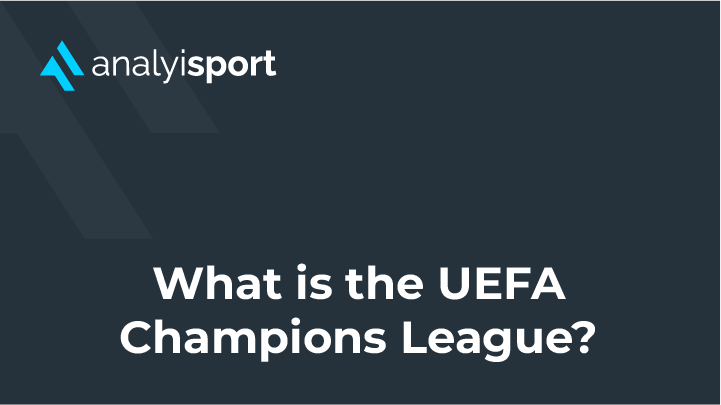How Is Data Used in the A-League?
How Is Data Used in the A-League?
Football in Australia sometimes gets overlooked by the rest of the world; it’s a country that’s often associated with sports such as cricket, rugby, and Aussie rules instead. The last of these is well-known for embracing data. In-depth statistics have been collected in the AFL for decades and modern data analysis quickly caught on after the release of Michael Lewis’s book Moneyball in 2003. It’s taken slightly longer for football in Australia (or soccer as it’s commonly called) to embrace data in the same way, but it’s now starting to be transformed by the rise of analytics in sport.
The A-League, Australia’s top division, is made up of 11 teams from Australia and one from New Zealand. It’s a very competitive division. A 2022 report by Professional Footballers Australia (PFA) found it had a closer level of quality between its 12 teams than any other top league in the Asian Football Confederation. When the margins between clubs are so fine, it pays to find every possible little gain in performance levels.
The league doesn’t have the wealth and resources of some competitions, but as data becomes more accessible to clubs around the world, analysts are helping A-League teams to make improvements on and off the pitch.
How Sydney FC Use Data
“In the space of a few years we have gone from only having a few analysts across the league to seeing almost every team have a full-time role, with many having multiple analysts,” says Justin McMahon, Head of Football Analysis at Sydney FC.
Sydney are the most successful team in the A-League, being crowned Champions five times since the league was founded in 2005. They have started to embrace data, but like a lot of clubs that are just starting out with data, their main analyst has to do multiple jobs.
“The role of an analyst in Australia is more all-encompassing than you would typically see elsewhere,” explains McMahon. “My role at Sydney FC covers everything from opposition and matchday analysis to scouting and recruitment. In essence, anything video or data related falls under my umbrella.”
Combining these different data roles means a hefty workload, but it does allow for things to be more integrated. Having an in-depth knowledge of the team’s performance levels, for example, is helpful when identifying which potential recruits could add something to the team.
How Melbourne City Use Data
Not every club is so reliant on one analyst, as shown by Melbourne City They are part of City Football Group, which owns an impressive selection of clubs around the world including MLS side New York City FC and Premier League champions Manchester City. The Group has embraced data analysis across its sides, and Melbourne City are no different.
The club has three performance analysts who work with the coaching staff and first-team players to prepare them for matches and get the best out of the team. They provide opposition analysis and pre-match and post-match feedback to the players.
Data also plays an important part in City’s recruitment department. Like the MLS, the A-League has strict rules about team rosters. Clubs are allowed a maximum of 26 players in their squad and are only permitted to include five players who aren’t Australian citizens. There is also a salary cap. This makes recruitment especially important: clubs don’t want precious roster places being filled by unsuitable players.
The recruitment team is led by James Poole, who previously worked at Manchester City as a Scouting Information And Content Manager before moving to Australia. The City Football Group has a habit of moving talented backroom staff between clubs to make the most of their resources and help create a recognisable global brand of football. He uses data to help identify players for the scouting team to look at in more detail.
“I’ve got some key markers and key metrics that need to be hit by a player if we are going to progress to the next stage of monitoring their performance through video analysis and live scouting,” Poole has explained. This recruitment policy has helped strengthen the team. Melbourne City were crowned champions for the first time in 2021.
Who Collects A-League Data?
The analysts at Melbourne City make use of data collected by Opta. “The report from each game that I’ll send through to all the coaching staff during the season are pretty much entirely made up of Opta data.” says George Apostolidis, a performance analyst who has worked at the club.
Opta, part of Stats Perform, is a key data provider of match data for many leagues around the world including the English Premier League and Spain’s La Liga. They record the data in real time through a combination of human annotation, computer technology and AI modelling.
This data is not just provided to clubs. Stats Perform also makes the data available for broadcasters, helping supporters to engage with the games their watching and improve their understanding of what happens on the pitch. “The better we get at telling the stories of the players and of the matches, the more fans can connect with the game,” says Richard Bayliss, the A-League’s Director of Content.
Like the A-League, the national team has a deal with Stats Perform for Opta to provide them with data. It covers every match involving the men’s and the women’s teams from the senior squad to the under-17s. They also use Stats Perform’s ProVision tool for opposition analysis and to assess how well their players are performing for the domestic teams.
The national team’s use of Opta data is proving successful. Australia have been one of the surprise teams of the 2022 World Cup, beating Denmark and Tunisia and qualifying for the knock-out round despite being 38th in the FIFA rankings.
The Arrival of StatsBomb in the A-League
Opta provides well-respected data, but around the world many clubs have started to go into partnerships with other data companies to gain access to additional metrics and statistics. In a competitive sport, having extra information can make a crucial difference.
In 2021, Melbourne Victory announced a partnership with StatsBomb, becoming the first A-League side to begin working with the data analysis company that has clients in top leagues across the world. This gave them access to detailed event data that covers more than 3,400 events per game as well as advanced metrics to measure areas of play such as team pressing and passing.
“The football data analytics provider is industry leading and will assist our club in staying at the forefront in the fast-paced world of Football Analytics,” said John Didulica, Victory’s Director of Football.
Other clubs are sure to follow their lead as data continues to become an important part of how clubs operate in the A-League. “It is interesting that since announcing our partnership with Melbourne Victory, we’ve already had a couple of enquiries from other A-League teams,” says StatsBomb’s Nick Dorrington.
Data analysis in the A-League is not as advanced as it is in Aussie rules, but it’s making big strides forward as football clubs invest hire more analysts and go into partnership with data companies. Clubs are starting to see the rewards of using analytics to improve performances and make smarter signings. The impact of data in the A-League is set to become bigger and bigger.
Related Courses:
Share this article
Our Learning Pathways
AnalyiSport is for everyone who is passionate about analysis in football. Where are you in your development journey?
Become a Football Scout
As more clubs than ever look to build data into their recruitment process, an understanding of recruitment analysis is your ticket to success in the game.
Related Articles
Our team provides news and insights from the cutting edge of football analysis.
